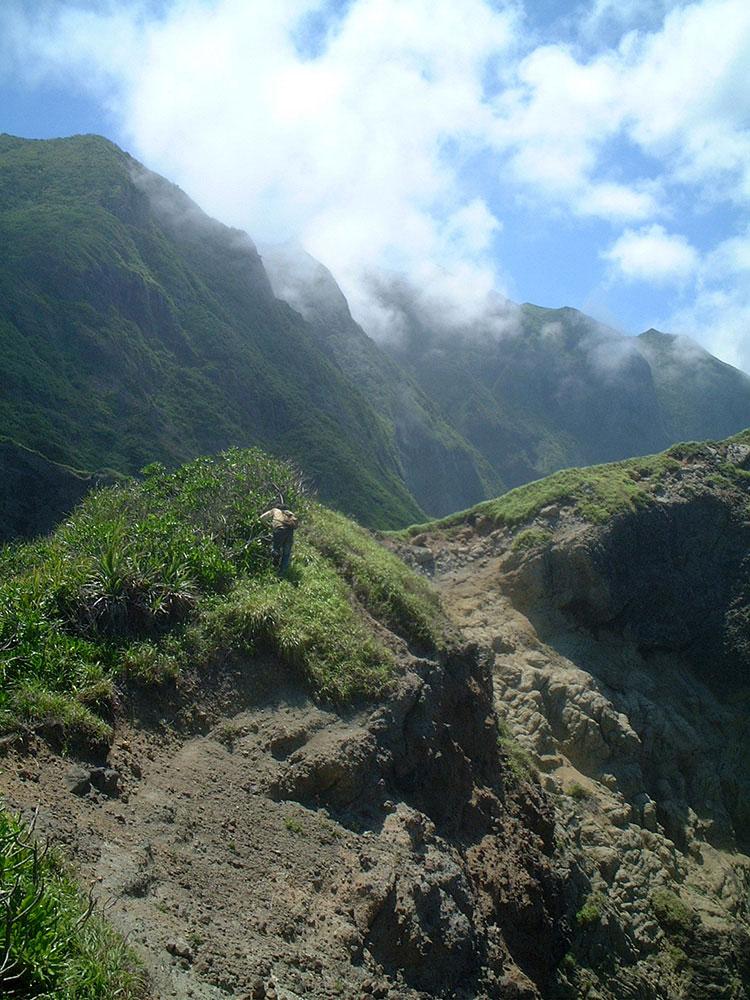Evolutionary history presents many seeming success stories: the ubiquitous mosquito, the cosmopolitan cockroach and, of course, we humans. Despite the challenge of adapting to diverse habitats, these creatures now populate much of the globe. But not all are so numerous or hardy. Writing in Annual Reviews, scientists recently explored the evolutionary underpinnings of one of nature’s most decimated groups: the land snails of oceanic islands.
Roughly 10 percent of all known terrestrial snail species may now be extinct, biologists Satoshi Chiba and Robert Cowie report. Land-loving snails and slugs represent roughly 40 percent of all known animal extinctions since the year 1500. More than 70 percent of those mollusk extinctions took place on oceanic islands.
What makes island snails so vulnerable? Habitat loss is a major problem, but there is another key factor: A lack of predatory pressure has left island snails uniquely unequipped to stop invasive species from eating them into extinction.
“They simply don’t have the adaptations to escape up a tree or withdraw deeply into a strong shell,” says Angus Davison, an evolutionary biologist at the University of Nottingham in the United Kingdom.
To survive the sudden introduction of a new predator into the environment, it helps to have an evolutionary history rich with predators. Past predators can select for the adaptation of defensive traits in prey animals, such as irritating mucus or thick, protective shells.

High atop the mountain ridges of Japan’s Ogasawara Islands, evolutionary biologist Satoshi Chiba scans the grass blades for snails. The sensitive mollusks still thrive on these protected islands, but on the island systems of Hawaii and Bermuda many snail species are now near extinction or have already been lost.
CREDIT: ANGUS DAVISON
In Japan, for example, mollusks face many predators, from snail-eating flatworms to pigs, beetles and rats. There, mainland snails evolved “various, effective ‘weapons’ to protect against predators,” says Chiba, of Tohoku University in Japan. Snail defenses include camouflage, sticky slime or even the snail’s shell itself, in the case of Ezohelix gainesi, which deters attacking beetles by actually swinging its shell at them (follow the link to see E. gainesi in shell-swinging mode).
Their island counterparts, however, lack the same defenses. On the Ogasawara Islands just south of Tokyo, says Chiba, endemic Mandarina snails face only pigeons as predators. A lack of predatory pressure on the island led those snails to gradually lose some of the weapons bestowed by their mainland ancestors, leaving them poorly equipped to slug it out with introduced predators. “It’s costly to develop such weapons,” says Chiba. And sometimes, more costly to be caught without them.




